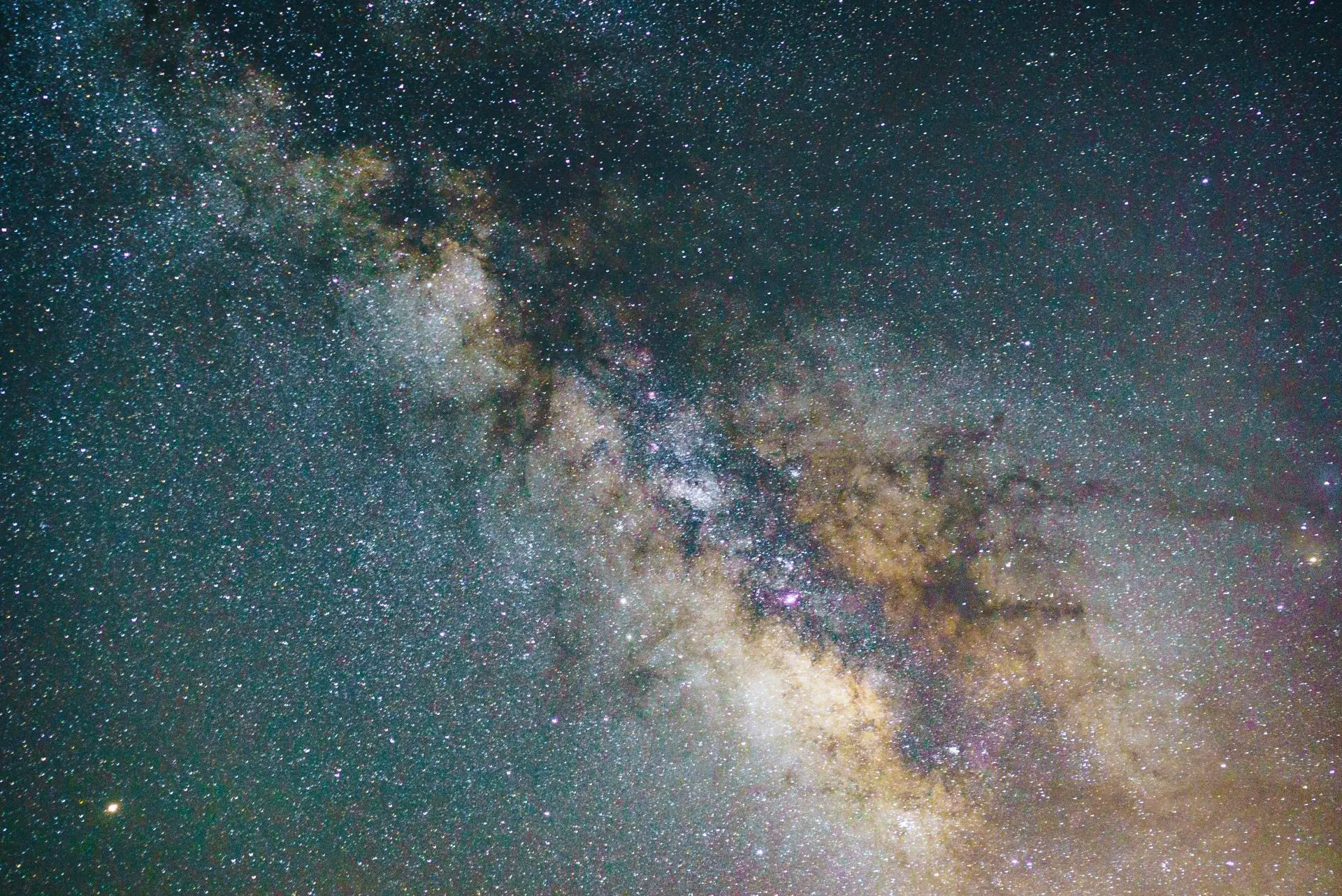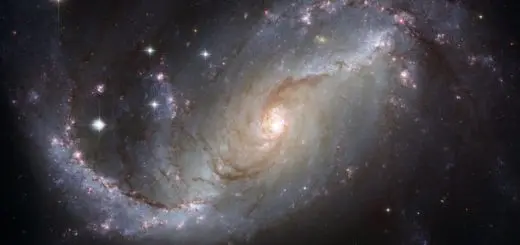The Titan Hyperion: Father of the Sun, Moon, and Dawn

Looking for more amazing products? Check out our online store and explore our collection here! Happy shopping!
Before diving in, please note: This post is for informational purposes only. If you’d like to know more about how we approach topics, feel free to check out our friendly Disclaimer Page.
Hey there, amazing readers! 
We’re committed to delivering quality posts, and your support (even just sticking around despite the ads) means everything to us. So, bear with us, and thanks for helping us keep the good vibes rolling. Now, on to the fun stuff!
TRANSLATE BUTTON AT THE END OF THE ARTICLE
The Titan Hyperion: Father of the Sun, Moon, and Dawn
Introduction: Unveiling the mythological figure
In Greek mythology, Hyperion is one of the Titans, a group of deities who ruled before the Olympians.
He is often referred to as the "Father of the Sun, Moon, and Dawn," as he played a significant role in the creation and personification of these celestial bodies.
Hyperion’s story is filled with intrigue and mythological significance, making him a fascinating figure to explore.
From his lineage and powers to his role in creation and religious worship, this article will delve into the various aspects of Hyperion’s character and his enduring legacy.
Hyperion’s lineage: Tracing the Titan’s ancestry
Hyperion’s lineage can be traced back to Uranus, the primal god of the sky, and Gaia, the personification of Earth.
He is the son of Gaia and Uranus, and thus a descendant of the primordial deities.
Hyperion’s siblings include Titans such as Cronus, Oceanus, and Mnemosyne, as well as the Cyclopes and the Hecatonchires.
This divine heritage highlights Hyperion’s importance among the Titans, as he belongs to the first generation of gods in Greek mythology.
Powers and attributes: Examining Hyperion’s dominion
As a Titan, Hyperion possesses immense power and attributes associated with his dominion over celestial bodies.
He is often depicted as the personification of light, embodying the brilliance and radiance of the sun.
Hyperion’s powers extend to the realms of time and cosmic order, symbolizing the cyclical nature of the sun’s rising and setting.
His attributes also include wisdom and foresight, reflecting his role as a celestial patriarch and guide.
Mythological role: Hyperion’s significance in Greek mythology
Hyperion holds a significant role in Greek mythology as the progenitor of the Sun, Moon, and Dawn.
His association with these celestial bodies represents the cycle of day and night, showcasing his importance in the natural order of the cosmos.
Hyperion’s role is not limited to mere personification; he also plays a part in shaping the fate and destiny of other mythological figures, particularly in relation to the celestial bodies he fathered.
Hyperion’s family: Discovering his divine offspring
Hyperion’s family extends beyond his divine siblings.
He is married to Theia, another Titan, and together they have three children who personify important celestial bodies.
Their children are Helios, the god of the Sun, Selene, the goddess of the Moon, and Eos, the goddess of Dawn.
These offspring inherit their father’s powers and attributes, becoming central figures in Greek mythology themselves.
The Sun personified: Hyperion as the Titan of the Sun
As the Titan of the Sun, Hyperion is closely associated with the daily journey of the sun across the sky.
He embodies the light, warmth, and life-giving energy attributed to the sun.
In Greek mythology, Helios emerges as the personification of the sun, carrying on his father’s legacy.
Helios is portrayed as a charioteer, driving the sun across the sky each day, ensuring light and warmth for all.
The Moon personified: Hyperion as the progenitor of the Moon
Selene, the daughter of Hyperion and Theia, embodies the Moon in Greek mythology.
Selene is often depicted as a beautiful goddess, with a crescent moon adorning her forehead.
She is associated with lunar cycles and is responsible for the moon’s rise and fall each night.
Hyperion’s influence on the moon is evident through Selene, as she carries forward his dominion over celestial bodies.
The Dawn personified: Hyperion’s connection to the morning light
Eos, the daughter of Hyperion and Theia, personifies the Dawn in Greek mythology.
She is often depicted as a rosy-fingered goddess, heralding the arrival of the sun each morning.
Explore the Path to Spirituality and Enlightenment – Start Here.
Eos’s role as the bringer of dawn demonstrates Hyperion’s link to the morning light and the cyclical nature of day and night.
Hyperion’s influence on Eos showcases his significance in maintaining cosmic order.
Hyperion’s role in creation: Shaping the celestial bodies
Hyperion’s role in creation extends beyond being the father of the Sun, Moon, and Dawn.
He played a significant part in shaping the celestial bodies and establishing their positions in the cosmos.
According to some myths, Hyperion and his siblings helped overthrow their father, Uranus, and take control of the universe.
This act of rebellion allowed Hyperion to solidify his position as a pivotal figure in the Greek pantheon.
Worship and reverence: Hyperion’s place in ancient religious practices
In ancient Greece, Hyperion and his divine family were worshiped and revered by the people.
As the Titan of the Sun and progenitor of other celestial bodies, Hyperion held a prominent place in religious practices.
Temples and sanctuaries were dedicated to him, and rituals were performed to honor his power and influence.
The ancient Greeks recognized the importance of the sun, moon, and dawn in their lives and attributed these natural phenomena to the divine figure of Hyperion.
Hyperion’s legacy: Influence on subsequent mythological figures
Hyperion’s legacy can be seen in the influence he had on subsequent mythological figures.
His role as the father of the Sun, Moon, and Dawn shaped the narrative of other gods and goddesses associated with these celestial bodies.
For example, Helios became a central figure in Greek mythology, embodying the power and radiance of the sun.
Hyperion’s influence can also be seen in the Roman god Sol, who shares many similarities with Helios.
Conclusion: Remembering Hyperion, the celestial patriarch
Hyperion, the Titan Father of the Sun, Moon, and Dawn, holds a prominent place in Greek mythology.
His lineage, powers, and role in creation showcase his significance in shaping the cosmos and maintaining cosmic order.
Hyperion’s influence extends to his divine offspring, who personify the celestial bodies he fathered.
Through worship and reverence, the ancient Greeks recognized the importance of these natural phenomena and attributed them to the mythical figure of Hyperion.
His legacy lives on in subsequent mythological figures, cementing his status as a celestial patriarch in Greek mythology.

The Enlightenment Journey is a remarkable collection of writings authored by a distinguished group of experts in the fields of spirituality, new age, and esoteric knowledge.
This anthology features a diverse assembly of well-experienced authors who bring their profound insights and credible perspectives to the forefront.
Each contributor possesses a wealth of knowledge and wisdom, making them authorities in their respective domains.
Together, they offer readers a transformative journey into the realms of spiritual growth, self-discovery, and esoteric enlightenment.
The Enlightenment Journey is a testament to the collective expertise of these luminaries, providing readers with a rich tapestry of ideas and information to illuminate their spiritual path.
Our Diverse Expertise
While our primary focus is on spirituality and esotericism, we are equally passionate about exploring a wide range of other topics and niches 

To ensure we provide the most accurate and valuable insights, we collaborate with trusted experts in their respective domains 
Our blog originally focused on spirituality and metaphysics, but we’ve since expanded to cover a wide range of niches. Don’t worry—we continue to publish a lot of articles on spirituality! Frequently visit our blog to explore our diverse content and stay tuned for more insightful reads.
Hey there, amazing reader! 
Check out our store here and take a peek at some of our featured products below! Thanks for being awesome!
















